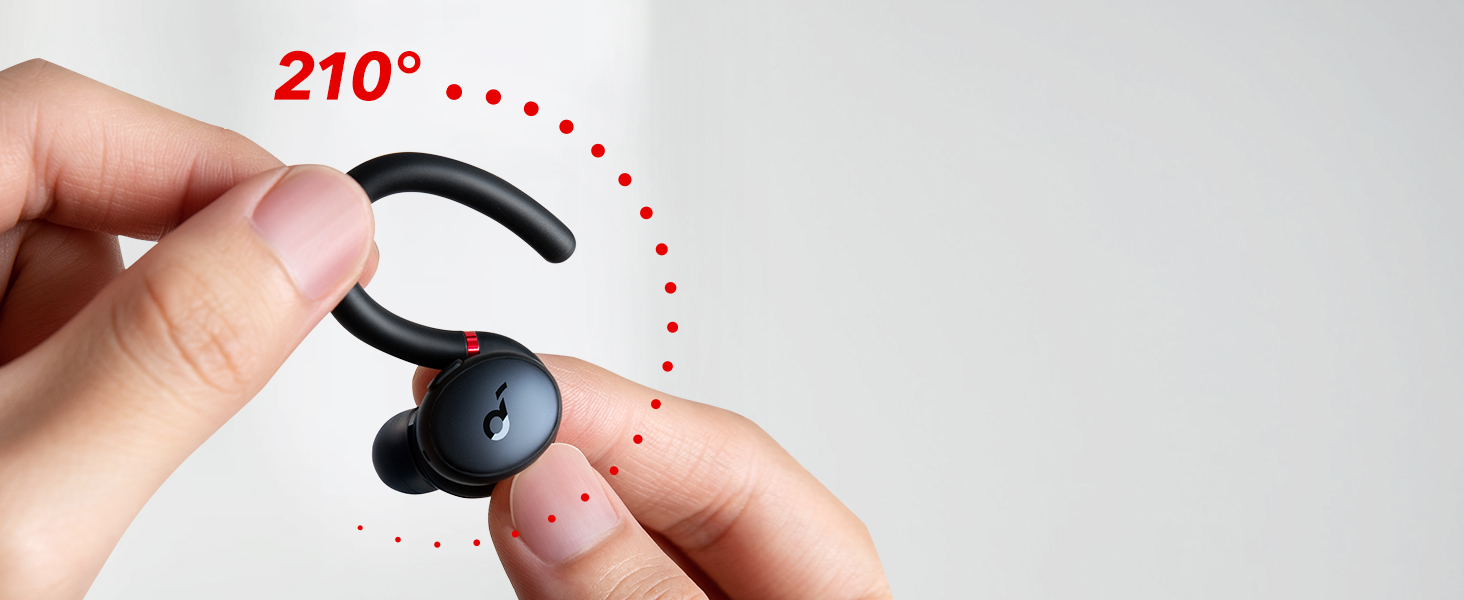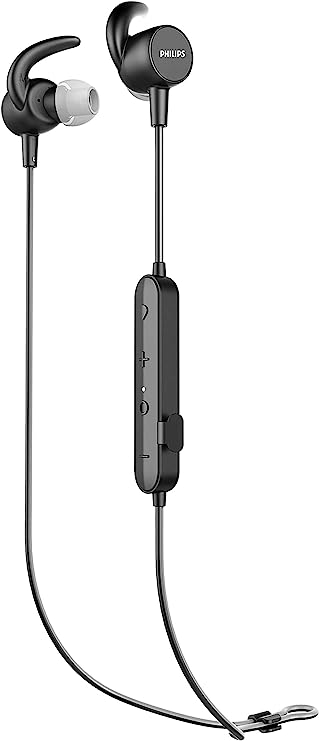The Thermodynamics of Endurance: Engineering Audio for Kinetic Environments
Update on Nov. 24, 2025, 7:56 a.m.
The human body in motion is a hostile environment for electronics. When a runner strikes the pavement, the impact generates vertical oscillations that travel up the spine and into the skull, creating g-forces that constantly attempt to dislodge anything attached to the head. Simultaneously, the body’s cooling system activates, coating the skin in a saline solution—sweat—that is highly conductive and corrosive to delicate circuits.
Designing audio equipment for this “kinetic environment” requires a completely different engineering philosophy than designing for the living room. It is not merely about sound fidelity; it is about structural integrity, chemical resistance, and energy density.
Devices like the CAPOXO X19 represent a specialized branch of consumer electronics focused on survival. By examining its architecture—specifically the earhook design, the waterproofing standards, and the power management—we can understand the physics required to keep music playing when the body is pushing its limits.

Biomechanics: Defying Gravity with the Earhook
In the world of True Wireless Stereo (TWS), the “in-ear” friction fit is the standard. It relies on the silicone tip creating enough pressure against the ear canal to counteract gravity. However, during vigorous exercise, sweat acts as a lubricant, reducing friction, while movement increases the downward force on the earbud. The result is the inevitable “pop-out.”
The X19 circumvents this frictional failure point through mechanical anchoring. The flexible earhook introduces a third point of contact, distributing the weight of the device over the top of the helix (the outer rim of the ear).
This design leverages simple leverage mechanics. By shifting the center of gravity closer to the skull and using the ear’s natural cartilage structure as a hook, the device becomes mechanically decoupled from the vertical motion of the jaw and head. Whether you are sprinting or performing burpees, the earbud is held in place not by friction, but by geometry.
Hydrophobia: The IPX7 Barrier
“Waterproof” is a marketing term; IPX7 is a scientific standard. It dictates that a device must withstand submersion in 1 meter of water for 30 minutes without ingress. But for sports earbuds, the challenge is not just water—it is sweat.
Sweat contains electrolytes (salts) that lower the surface tension of water, allowing it to creep into microscopic gaps that pure water might bridge. Furthermore, when sweat dries, it leaves behind salt crystals that can bridge electrical contacts and cause short circuits.
To achieve an IPX7 rating in this context, engineers must employ hydrophobic engineering.
1. Nano-coating: Internal components are often treated with a hydrophobic layer that repels liquid at the molecular level.
2. Physical Seals: Rubber gaskets seal the chassis seams.
3. Acoustic Mesh: The speaker port—the necessary hole for sound to escape—is covered by a specialized mesh. This mesh has a weave tight enough that the surface tension of water prevents it from passing through, yet loose enough for air pressure (sound waves) to propagate.
This creates a “hermetic atmosphere” for the electronics, allowing them to operate in a high-humidity, saline-rich environment without corrosion.

The Physics of Motivation: 13mm Drivers and Air Displacement
Why do gym headphones often favor heavy bass? It isn’t just a stylistic choice; it’s rooted in psychoacoustics. Research suggests that low-frequency rhythmic stimulation can synchronize with motor movement, improving efficiency and endurance.
To produce deep, impactful bass, a driver must move a significant volume of air. The formula for the area of a circle ($A = \pi r^2$) dictates that a small increase in diameter yields a large increase in surface area.
The X19 utilizes 13mm dynamic drivers, which are significantly larger than the 6-8mm drivers found in typical compact earbuds. * Excursion: The larger diaphragm can push more air with less excursion (movement), reducing distortion at high volumes. * Resonance: The larger physical dimensions allow for a lower resonant frequency, meaning the driver naturally produces bass notes without requiring excessive digital boosting that drains battery life.
This creates the “thump” that many athletes rely on for pacing, purely through the physics of air displacement.

Energy Density: The 60-Hour Equation
Perhaps the most critical metric for an endurance athlete is longevity. Running out of power mid-marathon is a failure of the equipment. The X19 boasts a 60-hour total playtime (with the case) and 8 hours on a single charge.
This longevity is a result of Bluetooth 5.3 efficiency combined with battery chemistry.
1. Transmission Efficiency: Bluetooth 5.3 uses Low Energy (LE) Audio protocols to transmit data in smaller, more frequent packets. This allows the radio to spend more time in a low-power “sleep” state between transmissions.
2. Lithium-Ion Density: The earhook design, while primarily for stability, offers a secondary engineering benefit: volume. The larger chassis behind the ear provides space for a larger Lithium-Ion battery cell compared to tiny “in-ear only” buds.
The charging case acts as a high-capacity reservoir, utilizing a digital display to manage the “fuel gauge,” ensuring the user is never caught with a dead cell. The inclusion of wireless charging adds a layer of convenience, utilizing electromagnetic induction to transfer energy without exposing metallic contacts to wear and tear.

Conclusion: Equipment, Not Accessories
In the context of sports and fitness, audio devices cease to be mere accessories; they become pieces of equipment, as vital as running shoes or hydration packs. They must endure shock, moisture, and time.
The CAPOXO X19 illustrates the convergence of biomechanics and electronics. By designing for the worst-case scenarios—the shake of a sprint, the soak of a workout, the duration of a long hike—engineers create a product that provides the psychological fuel of music without becoming a physical liability. It is a testament to the idea that in the gym or on the trail, reliability is the ultimate specification.



































